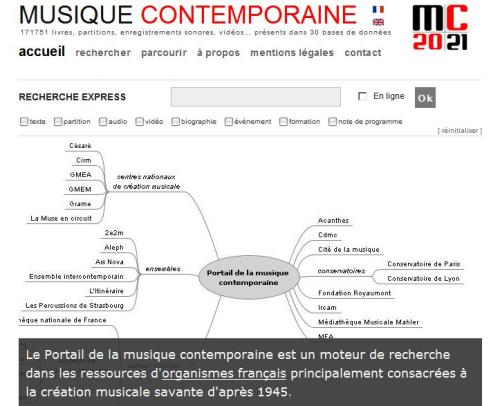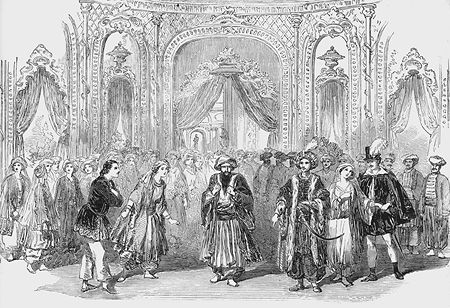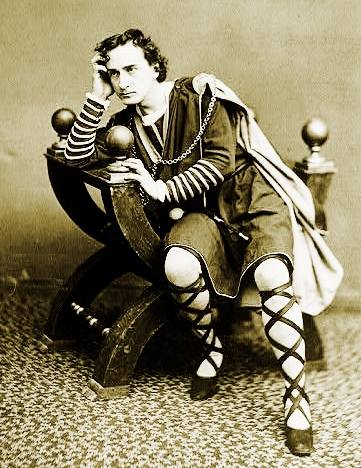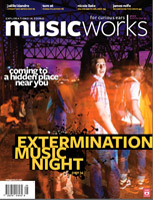Bach’s use of a musical motive based on his name, B–A–C–H, is well known, and several other composers have used it in tributes to the Baroque master. As connoisseurs of French chamber music also know, Ravel made similar use of the technique of deriving musical material from a composer’s name in his Berceuse sur le nom de Gabriel Faure and Menuet sur le nom d’Haydn.
Far less known is the further use of this technique by both Debussy and Ravel in more enigmatically titled pieces. For example, several of their works bearing the words hommage or tombeau include musical material derived from the honoree’s name. Such formerly puzzling titles, which have led the curious on wild-goose chases in their attempts to understand what on earth the music had to do with the named composer, may now be understood as sly references to uses of this technique.
This according to “Widmungsstücke mit Buchstaben-Motto bei Debussy und Ravel” by Paul Mies, an essay included in Festschrift für Erich Schenk (Studien zur Musikwissenschaft: Beihefte der Denkmäler der Tonkunst in Österreich, vol. 25 [1962], pp. 363–368); this journal issue dedicated to the Austrian musicologist Erich Schenk (1902–74) on the occasion of his 60th birthday is covered in our recently published Liber Amicorum: Festschriften for music scholars and nonmusicians, 1840–1966.
Below, Ravel’s Le tombeau de Couperin, one of the works discussed in the article.












